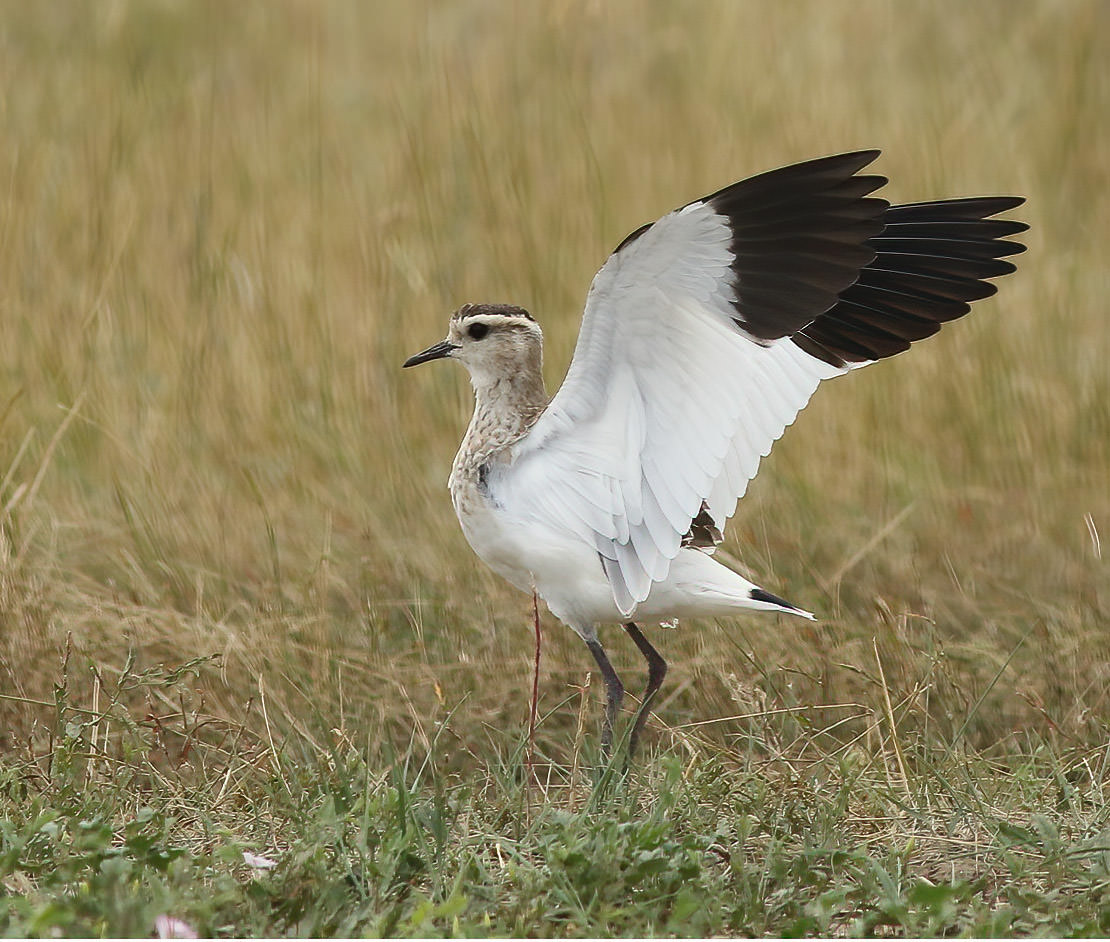Afghanistan – Armenia – Azerbaijan – Bahrain – Cyprus – Egypt – Georgia – Iran – Iraq – Israel – Jordan – Kazakhstan – Kuwait – Kyrgyzstan – Lebanon – Oman – Qatar – Saudi Arabia – South West Russia – Syria – Tajikistan – Türkiye – Turkmenistan – United Arab Emirates – Uzbekistan – Yemen

Capital: Nur-Sultan (Astana)
Area: 2,724,900 km2
BirdLife International partner: Association for the Conservation of Biodiversity of Kazakhstan
Total number of bird species: 514 (Kazakhstan list), 441 (IUCN list)
Globally threatened bird species: 28
Country endemics: The ilensis subspecies of Pander’s Ground Jay is endemic to Kazakhstan.
Important bird and biodiversity areas: 127 IBAs with a total area of 154,146 km2
Rare birds committee: There is currently no rare birds committee in Kazakhstan.
Specialities:
White-headed Duck, Himalayan Snowcock, Dalmatian Pelican, Steppe and Eastern Imperial Eagles, Pallid Harrier, Demoiselle Crane, Ibisbill, Sociable Lapwing, Caspian Plover, Black-winged Pratincole, Relict Gull, Great Black-headed Gull, Pallas’s Sandgrouse, Yellow-eyed Pigeon, Turkestan, Long-tailed and ‘Steppe’ Grey Shrikes, Pander’s Ground Jay, Azure Tit, Black-headed and White-crowned Penduline Tits, Black and White-winged Larks, Booted Warbler, Sykes’s Warbler, Asian Desert Warbler, Saxaul Sparrow
Ornithological interest:
Kazakhstan is a big country – big in area and big for birdwatching too! The country’s variety of habitats includes steppe, semi-desert, desert and mountains and many interesting birds can be found, often in very large numbers. More than 500 species have been recorded and approximately 400 species breed. No doubt more will be added to these totals in the future. The country is well known for regional specialist species, especially those that occur in the grasslands of the central steppe belt. However, a full birdwatching trip should also take in the mountain and desert habitats of the south.
In terms of global populations, Kazakhstan is a very important breeding site for Dalmatian Pelican, Steppe Eagle, Demoiselle Crane, Sociable Lapwing and Black and White-winged Larks. White-headed Ducks breed and migrate through the country, and Lesser White-fronted and Red-breasted Geese also use Kazakhstan as a stopover site during their migrations. Some western parts of Kazakhstan are situated within the Western Palearctic region and hold a number of breeding species on the edge of their ranges. These include Demoiselle Crane, Caspian Plover, Black-winged Pratincole, Black, White-winged and ‘Steppe’ Horned Larks, Sykes’s Warbler and Red-headed Bunting.
Central Kazakhstan is well-known for its vast steppe grasslands which also have wetland areas (salt and freshwater lakes), and which can host 15,000,000 migrating birds. The steppes are alive with Black, White-winged and Greater Short-toed Larks and home to Steppe Eagles, Pallid Harriers, Short-eared Owls, Sociable Lapwings and Booted Warblers. The lakes hold large numbers of Dalmatian Pelicans, White-headed Ducks, Great Black-headed Gulls and a wide range of other waterbirds and waders. Of note is the northernmost breeding colony of Greater Flamingos at the renowned Lake Tengiz National Park.
In the desert habitats of the south, one can find Greater Sand Plover, Pallas’s Sandgrouse, Blue-cheeked Bee-eater, Bimaculated and Lesser Short-toed Larks, Rufous-tailed Scrub Robin and Asian Desert Warbler. The relict Turanga forests along the Ili River host White-winged Woodpecker, Yellow-eyed Pigeon, Pallid Scops Owl and Saxaul Sparrow, while the endemic ilensis subspecies of Pander’s Ground Jay inhabits the surrounding desert.
Kazakhstan is surrounded by mountains in the south, south-east and east and here one can find Himalayan and Altai Snowcocks, Ibisbill, Himalayan Rubythroat, Eversmann’s Redstart, Blue-capped Redstart, Güldenstädt’s Redstart, White-browed Tit Warbler, Rufous-naped and Songar Tits and Red-fronted Rosefinch.
Best times to visit:
Mid-April is the peak of the breeding season in the south of the country while May to June is the best period for birdwatching in the northern, western, central, and south-eastern areas. July is good for visiting the Altai Mountains in the east. Autumn migration starts and during September and October, huge numbers of geese pass through northern Kazakhstan, including Lesser White-fronted and Red-breasted Geese.
Essential reading:
Ayé R, Schweizer M & Roth T (2012) Birds of Central Asia, Christopher Helm.
Svensson L, Mullarney K, Zetterström D, Grant P (2010) Collins Bird Guide, HarperCollins, UK.
Ryabitsev V, Kovshar A, Kovshar V & Berezovikov N (2014) A Field Guide to the Birds of Kazakhstan, BTS Print (in Russian).
The local birdwatching community’s website can be found here: https://birds.kz
Trip report links:
Compilers:
Ruslan Urazaliyev
